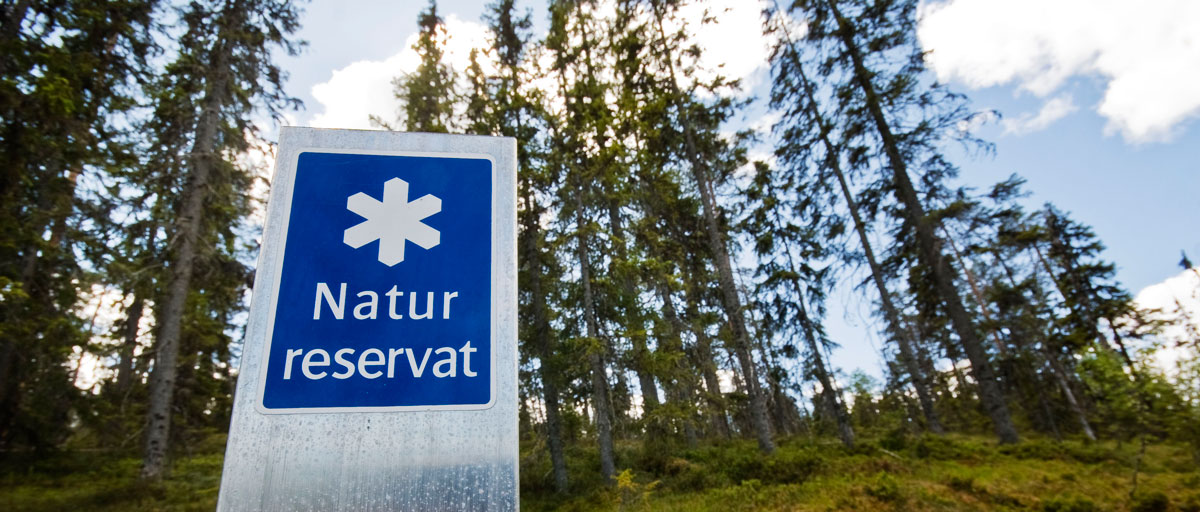
A new study shows that protected areas are too often established as a response to threats and to protect threatened single species. Conservation efforts should rather focus on broader conservation strategies and protecting ecosystem services. Photo: A. Tedeholm/Azote
Nature conservation
Look beyond the rare plant
Establishment of protected areas based on threats instead of strategic plans for sustenance
- Study looks at data from nature reserves in 209 municipalities in southern
Sweden to better understand why, what, where and for whom nature is protected - The study shows that protected areas are often established as a
response to current threats and to protect threatened single species - An alternative strategy could lead to interesting and positive
results
In a study recently published in the journal Landscape and Urban Planning, centre researchers Sara Borgström and Thomas Elmqvist together with Regina Lindborg from Department of Physical Geography and Quaternary Geology, Stockholm University, have examined the objectives used when establishing protected areas in urban and in rural settings.
The authors gathered and analysed data from all nature reserves found in 209 municipalities in southern Sweden to better understand why, what, where and for whom nature is protected.
Swayed by quantity
The analysis shows that reasons for nature conservation differ depending on the surrounding landscape.
In urban areas "outdoors recreation" and "preservation of species biodiversity" are commonly stated objectives, whereas "preservation of habitats" was more common in rural areas. There are also a higher number of objectives stated in urban areas.
"As the competition for land is high in urban areas, it is important to provide strong incentives for nature protection. Stating a large number of objectives can be a way of doing this"
Sara Borgström, lead author
The use of different objectives has also changed over time. One example is "outdoor recreation", which historically has been dominating but less used in recent years.
Not adapted to change
The study also shows that protected areas are often established as a response to current threats and to protect threatened single species.
"Threatened species are often protected by legislation, which is necessary in urban areas. It is not uncommon that a rare plant is put against a large infrastructure project. Hence protected areas are established based on threats instead of strategic plans for sustenance of both ecological and social values in urban nature," says co-author Thomas Elmqvist.
But evaluation, revision and redefinition of objectives for already existing protected areas are very rare, even though the areas and landscapes themselves are changing. In some cases the main reason for protection may over time become irrelevant due to for example local species extinctions. As a result of this there is a risk that management becomes poorly adapted, and also that general support of the protection becomes weaker.
"To adapt the management of protected areas and nature conservation to a changing world, the objectives, their interpretations and implementations have to be continuously updated," says co-author Regina Lindborg.
Find new reasons
The authors argue that an alternative strategy than the often-used threat-based, reactive establishment of protected areas could lead to interesting and positive results.
The multitude of objectives used shows that there is flexibility in why areas are set aside for protection. If used consciously, this flexibility could make protected areas, and the bulk of nature conservation efforts, better matched to the changing landscapes and to our needs.
With more knowledge on linkages between biodiversity, ecosystem services and functionality it would be possible to focus conservation efforts on sustaining ecosystem functioning and ecosystem services.
"For example we could then see protected areas established to mitigate climate change, or designing the areas to provide shade during heat waves. Both objectives would be more appropriate as responses to current pressing needs," Sara Borgström concludes.






